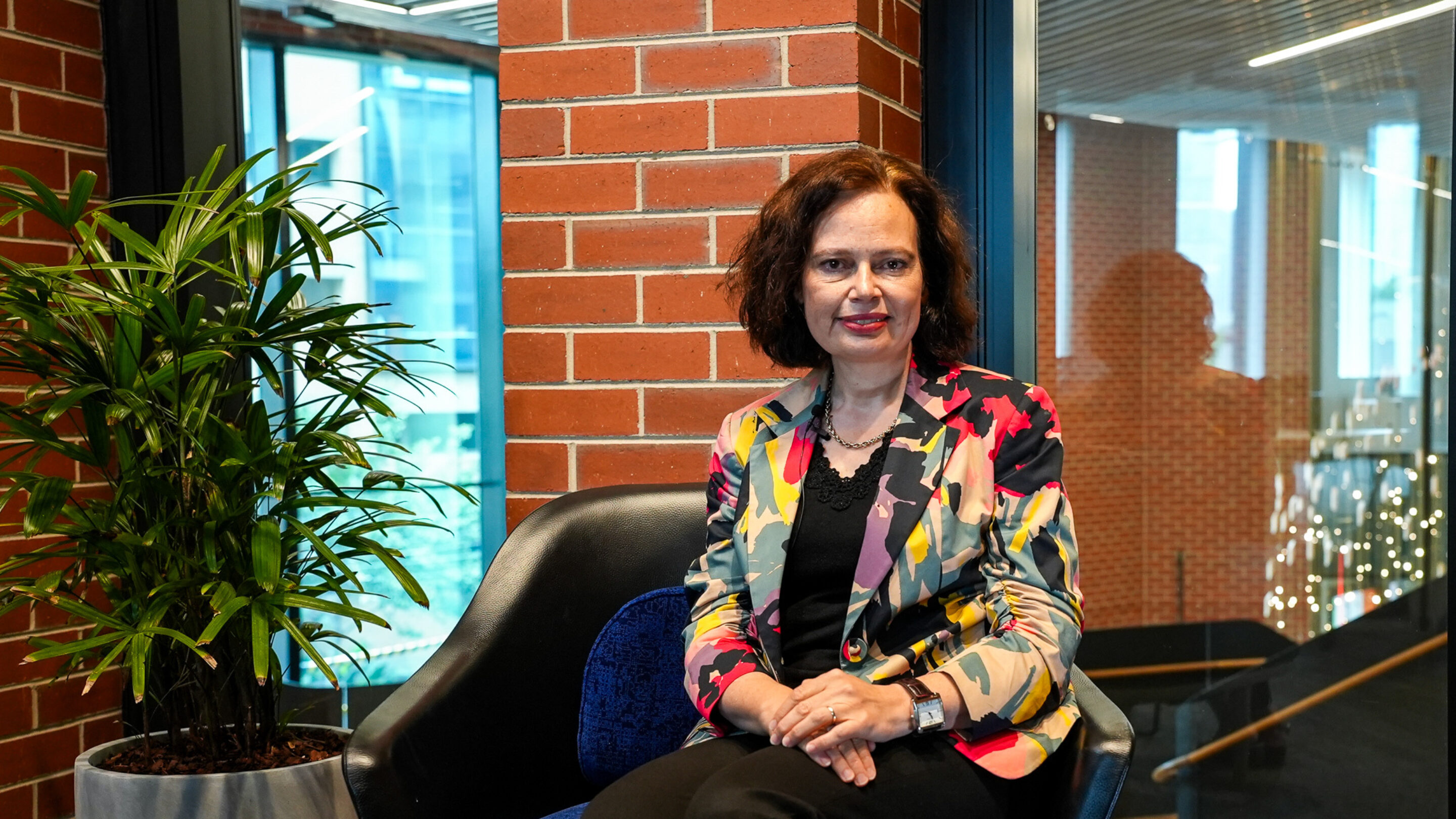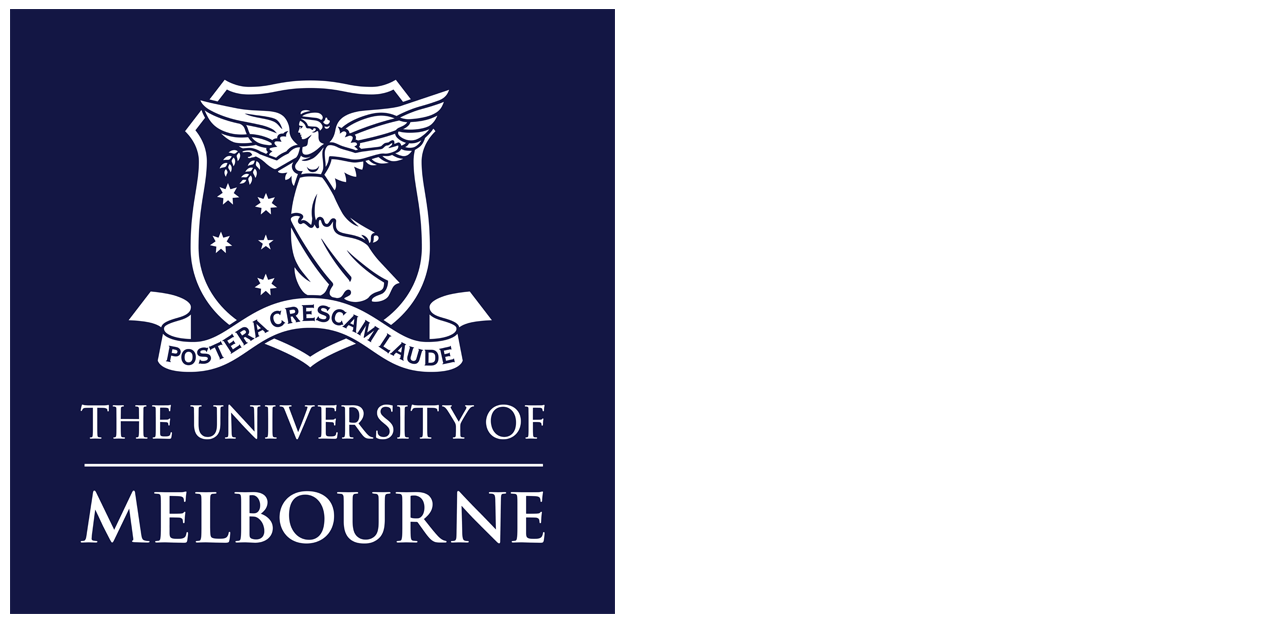

Georgia von Guttner knows Melbourne Connect like the back of her hand. The former Director of Innovation Precincts for The University of Melbourne was integral to the thought leadership behind Melbourne Connect, from ideation through to completion. Raised on the land in northern Victoria, Georgia became acutely aware of how important it was to provide equal opportunity to every voice in the room and build personal relationships in order to drive collaboration, setting her up perfectly for her future roles in fostering innovation.
After more than 20 years with the University, Georgia recently accepted a position at the Canberra Institute of Technology. As one of the senior leaders in the planning and eventual operation of the precinct, we sat down with Georgia prior to her departure to hear how she thinks the process of building Melbourne Connect has gone.
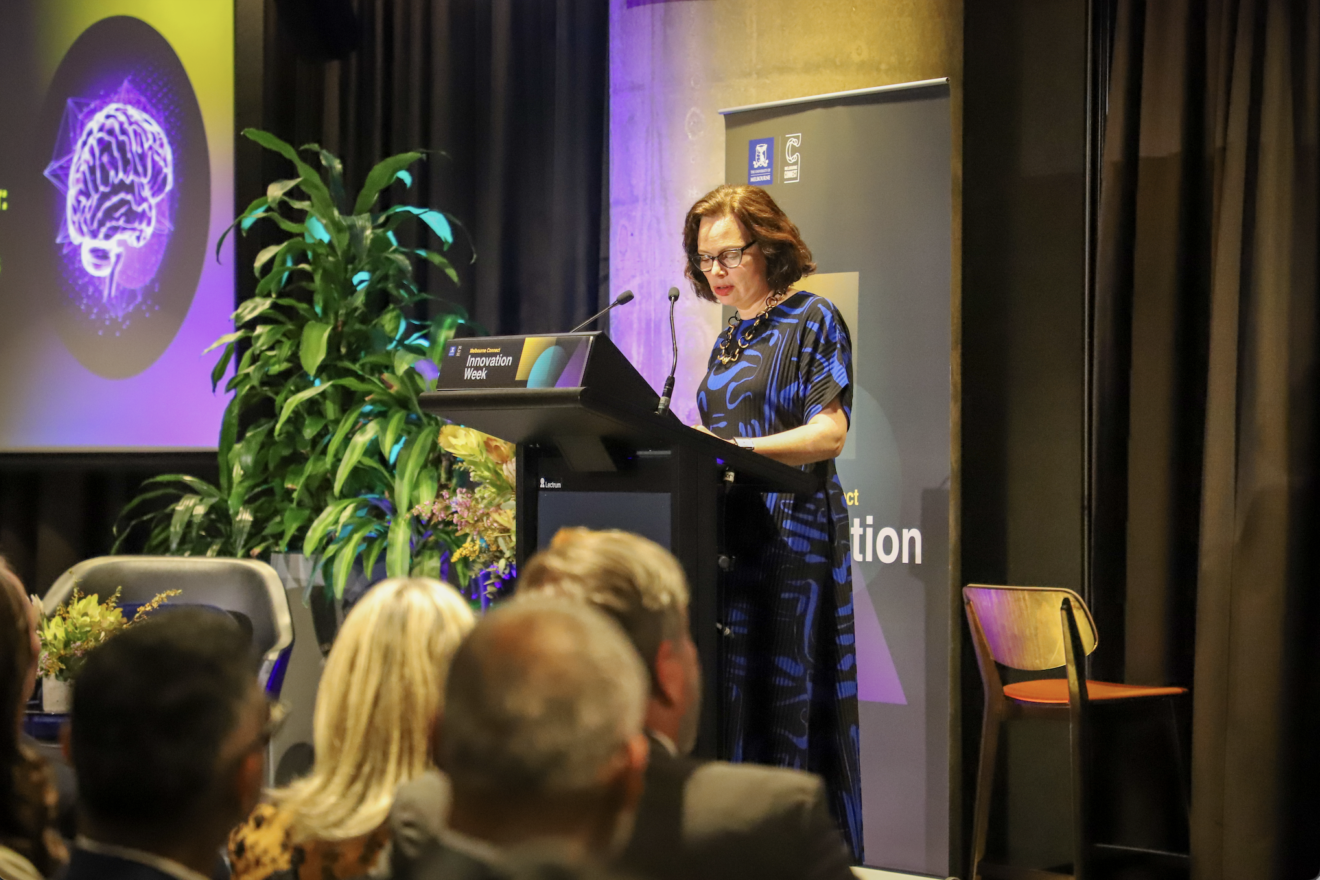
Hi Georgia, thanks for taking the time to speak with us. Can you tell us a bit about your time here at The University of Melbourne and what your most recent role has been?
Most recently I've been the Director of Innovation Precincts for The University of Melbourne, and I joined the University fresh off the plane from London. I'd come from the dotcom boom in the late 90s, where I'd been working with the application of emerging technologies and how that was transforming the internet and industry across Europe.
When I returned from London, despite my background in telecommunications, I got really lucky that the first job that came up was at The University of Melbourne’s Dookie campus, one of the agriculture, food and fibre campuses. So for the last 20 years, I've been living in regional northern Victoria.
My journey with the University started in an industry engagement and liaison capacity, and since then my roles have always been at the intersection between industry, government and community. This led me up to the last five years, which is when I commenced my position in driving innovation precincts, and of course the first of our purpose-built innovation precinct, Melbourne Connect.
Why the move from London to regional Victoria?
My family comes off the land, so I had the privilege of growing up in the Yarra Valley where my father's family worked in horticulture. I spent my summers picking fruit and doing strenuous physical labour, but also being around a small business and close to hardworking Australians. My mother's side of the family was from northern Victoria, and that allowed me to see both sides of the food and fibre industry.
I think I've developed a bit of a reputation for getting things done, and that really speaks to my country roots and sort of pioneering spirit, which is very much the story of both sides of my family. I'm terribly proud of everything that happens in regional Australia. A big driver of everything I do is ensuring that it doesn't matter where you come from, that you have equality of opportunity.
Can you tell us about your earliest roles within the University?
My earliest roles were at The University’s Dookie campus — which is Australia's second oldest agricultural campus — and there I was working with industry advisory groups on how they could best learn from the techniques and the research taking place across agritech.
I then spent some time with the School of Rural Health where we were developing training for doctors in regional Australia and collaborated with Aboriginal communities. I worked with government bodies to develop a number of programs and part of my initiatives was working with hospitals across northern Victoria to build new education and research infrastructure deeply embedded in those regional communities.
Many of those initiatives were ground-breaking in paving the way for Aboriginal health workers to receive recognition for their incredible contributions and creating pathways for them to enter our Masters of Public Health.
Were you always looking to end up working within the tertiary sector?
It was serendipity. When I look in the rear vision mirror, I can see now that there's been continuity to my career journey, which is around a passion to make a difference and be part of positive change.
I’m very passionate about getting to know and work with people, to really understand what's important to them and to try and fulfil their needs. Rather than wanting to be a particular X, Y or Z, each career step has been informed by a set of values that has created this trajectory. So it was purely serendipitous, and that's in fact what innovation precincts are all about. We like to talk about engineered serendipity, creating the right preconditions so people with shared interests can come together and make great things happen.
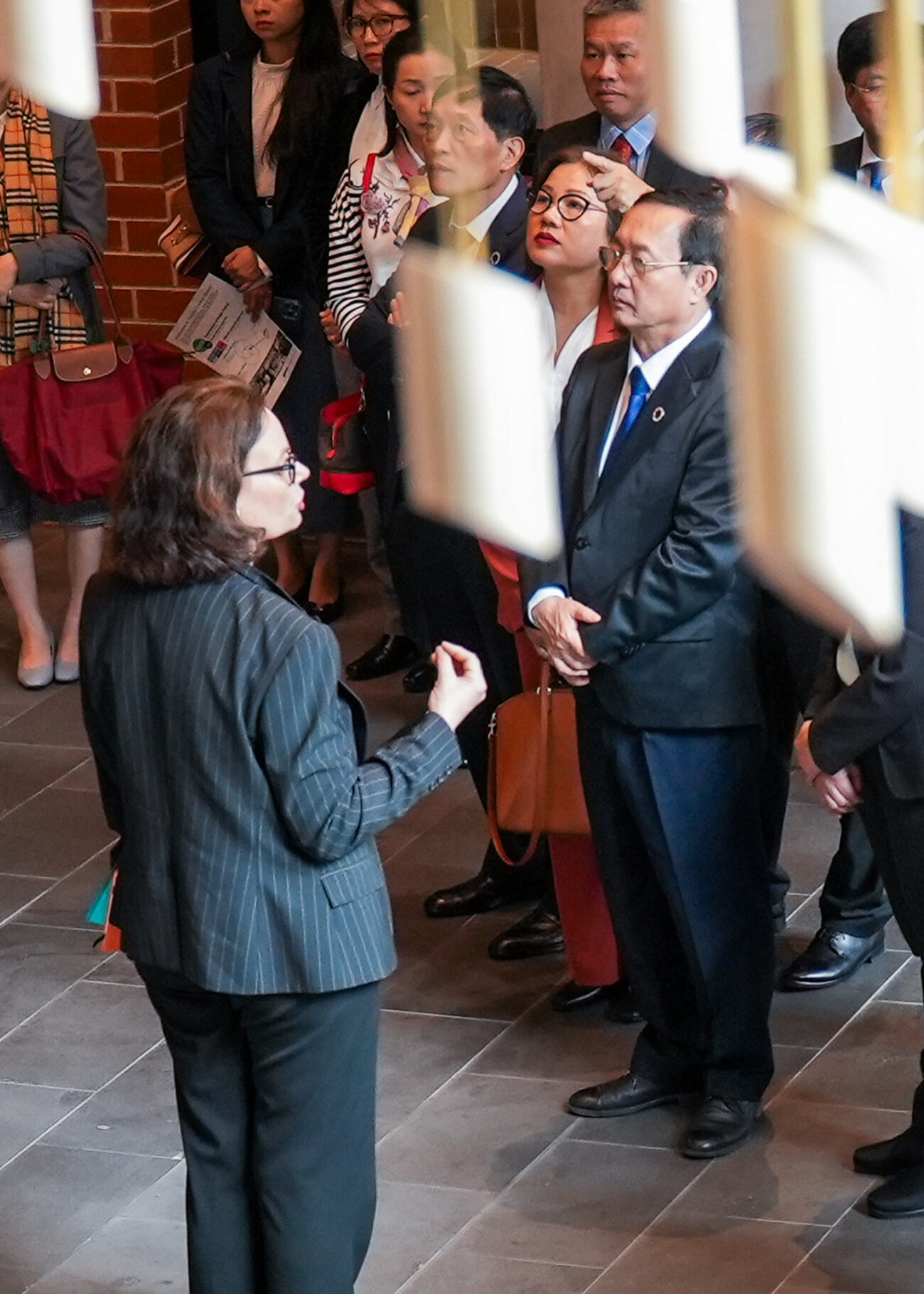
I’ve been fortunate to encounter superb mentors along the way and I have had the privilege to be at their elbows and learn from them. It's sort of been a lifetime of a long apprenticeship, and that's also something that I'm very mindful of now. I'm eager to give back and I have enjoyed the opportunity to mentor others.
How do you think your background in economics has helped inform your decisions throughout your time at the University?
Reflecting on my first degree in economics, I didn't really know what I wanted to do. I'd always been interested in how things really work, and looking back, economics was a brilliant choice and relevant to innovation precincts because it's all about how to read big systems.
I think that was exceptionally fortunate to have been placed in the same sphere as remarkable mentors who shared a penchant for analysing large-scale systems and big-picture thinking. Their guidance has served me incredibly well throughout my journey.
How did you come to be involved with Melbourne Connect through the University?
Melbourne Connect has a rich history. I joined what was then the Carlton Connect Initiative and I was very much standing on the shoulders of some significant groundwork laid by visionaries such as Professor Mark Hargraves and Professor Jim McCluskey. Their dedication and foresight were critical in shaping the early stages of the initiative. There is a whole cast of incredible University colleagues who championed this radical new idea.
There had been some work overseas in terms of innovation precincts and they looked at the best global initiatives to see what would be relevant to an Australian context. Australia is often at the bottom of the OECD (Organisation for Economic Co-operation and Development) league tables on innovation, and the universities were being asked to be much more impactful. The leadership of The University of Melbourne recognised the need to enhance Australia's innovation performance. This led to the idea of establishing innovation precincts. From the outset we were bringing together industry, government, social sector and the University to work on shared complex challenges, and this was seen as best practice. I was honoured to be invited to serve as the Research, Collaboration, Partnership and Tenancy Lead for the Carlton Connect Initiative.
For about a year we didn't have a name for the new precinct. With the marketing and communications team, we established what would of course become Melbourne Connect. This was a reference back to the original Carlton Connect while also recognising Melbourne as being a globally significant city with an incredible knowledge economy.
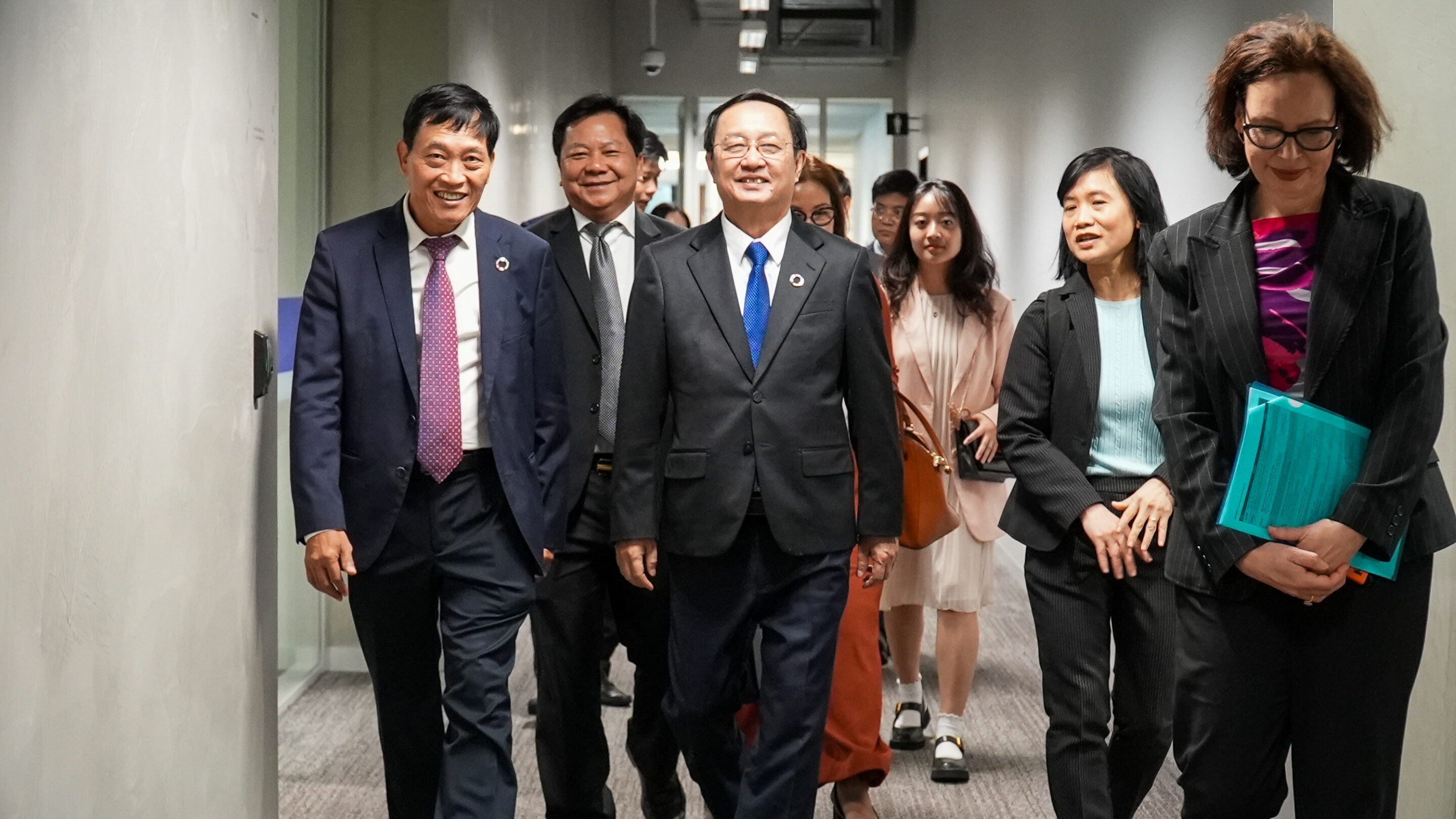
Can you tell us a bit about how it has progressed from the initial idea? Do you think that has worked as well as everyone had hoped?
I joined the project when the building had already been designed and there had already been a lot of thought about how to get the balance right within a purpose-built environment of industry partners, co-working spaces and enough space for the University.
I inherited what I think has proven to be a winning formula and a great balance of University capability that is very much informed by external capability. After all those years of thought leadership and conversations with our partners and within the University, we decided on digital futures as the theme for Melbourne Connect. At its core lies the School of Computing and Information Systems — a globally renowned school, complemented by the exceptional capabilities of the Faculty of Engineering and IT.
The genius of the design of Melbourne Connect is that different workspaces are split up between small suites through to expansive floor plates for major corporations. It was my privilege to work with the industry community and our academic colleagues to curate our co-located partners across the life cycle of start-ups, spin-ins, spin-outs, scale-ups, and established companies. With space for about 3100 knowledge workers, there's enough critical mass conducive to fostering a self-contained ecosystem, which is paramount for our community’s success.
Would you say that there are any pieces of the puzzle missing here at Melbourne Connect?
No, I don't, which is extraordinary considering we launched amidst a pandemic in March 2021, during Melbourne’s strict lockdown – the most severe in the world.
The atmosphere here speaks volumes — we have a steady stream of international partners seeking to learn from us, a testament to the reputation we have established. We're still very early in our journey and we're still learning so much. When we're more mature, that will be the time to ask what we might be missing. I'm so immensely proud of what this precinct has achieved — we have a waiting list of partners wanting to co-locate at Melbourne Connect, and I can't think of any greater measure of success.
What role do you see Melbourne Connect playing in that Australian innovation ecosystem over the next decade?
A decade holds significant importance because a lot of the work that's happening here is what we call deep tech, and it takes a long time from the initial ideation to commercial viability.
Innovation precincts like this one are invaluable places because they are just so critical to bringing like minded people together. Here, we have tangible examples of world leading researchers collaborating with industry experts, igniting fresh ideas. These ideas are then translated into tangible outcomes through the University teams, creating collaborations and securing funding and resources.
It’s critical that anything we do here align with the future we want to create, and that we’re not just pushing tech for the sake of it. I can see Melbourne Connect embodies this ethos, and I expect that great ideas will come out of this place.
What has been your favourite part of the process of building Melbourne Connect?
As someone deeply motivated by outcomes, I can speak richly and with great excitement about what Melbourne Connect has become. Our community is very active and collaborative. We had a Meet The Neighbours event last week and the turnout exceeded our expectations. This outcome brought me immense joy and speaks volumes to the incredibly engaged and connected community here – incredible humans dedicated to shaping the future.
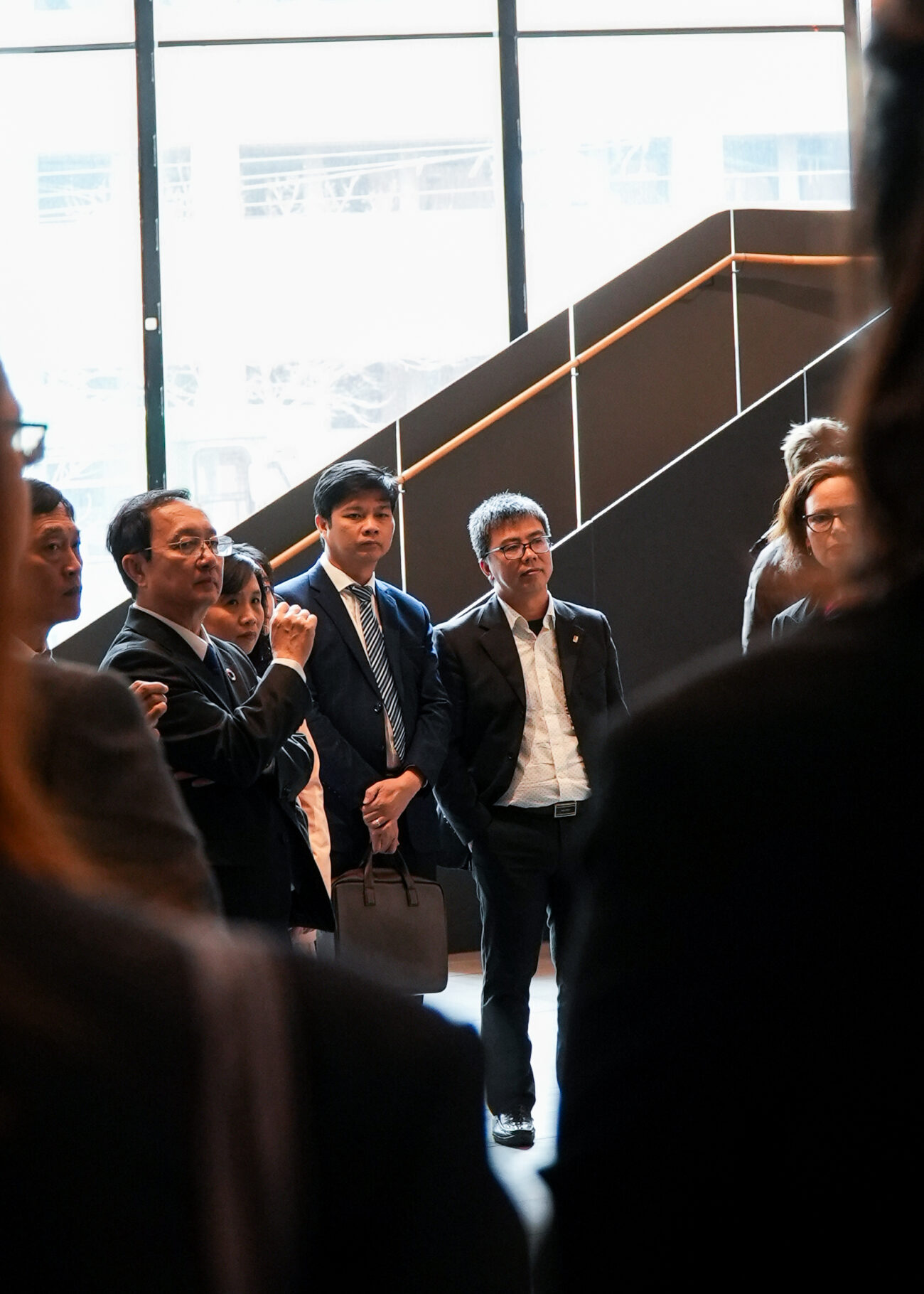
We know that you'll be moving to Canberra. Can you tell us a little bit about what your next adventure looks like.
My new role is as the Industry and Innovation Lead for the renowned Canberra Institute of Technology (CIT). It's a natural progression for me, given my background. To achieve innovation, we need a skilled workforce, and CIT is one of Australia's leading vocational education providers that has already made significant strides in catalysing the deep-tech innovation sector in Canberra.
There's a big moment now in Australia and around the world to propel innovation forward, so I aim to leverage the insights gained from my experience at The University of Melbourne to contribute to CIT’s mission.
What I hope to achieve at CIT is strengthening the connections between the invention and early-stage innovation, bringing industry at scale much closer to that so that we can have that technology much more quickly into the hands of end users.
What will you miss most about Melbourne Connect?
It’s the people—undeniably the people—who define my work and the essence of an innovation precinct. All my work is ultimately about collaboration. If you don't have fundamental curiosity and interest and a respect for all people and what they bring to the table, then you're overlooking valuable collaborative opportunities. I think there is an exceptional group of human beings here at Melbourne Connect.
Thanks for your time Georgia, we wish you luck in Canberra on new venture and look forward to welcoming you back to the precinct as soon as possible.
